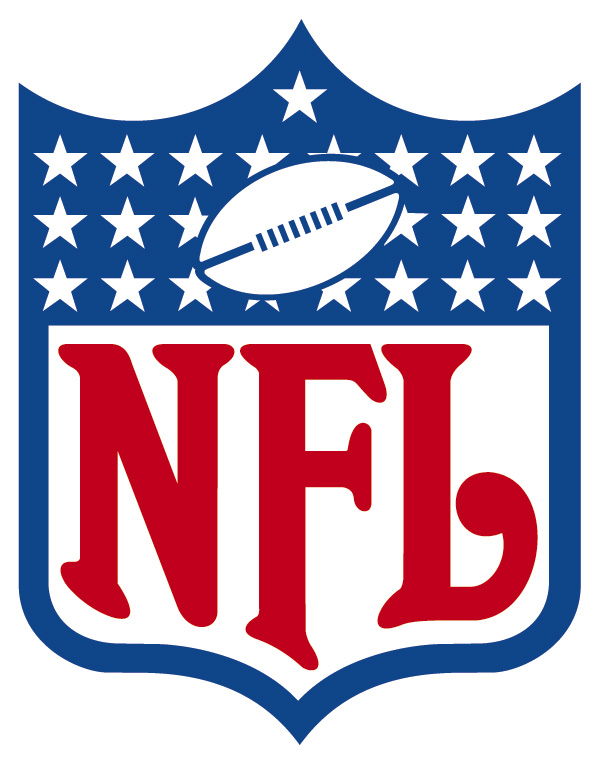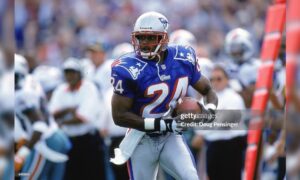The National Football League has long had a concussion problem, even if it is only in more recent years that the public has learned of the extent of the issue. There are no obvious ways to address the problem, either, without fundamentally changing the nature of the game, for which there are several billion reasons to avoid doing so.
The league has, particularly over the past five seasons, done what it sees fit to attempt to legislate the types of hits that most commonly lead to concussions on the field, which has had some effect, admittedly, in reducing the number of reported head injuries.
In the midst of the 2010 season, the league expanded its definition of what constitutes a defenseless player, or at least instructed its officiating crews to thoroughly enforce the rules protecting defenseless players.
In recent years, the protections for defenseless players have expanded, both in terms of the categories of protected players and the manner in which they are protected. The threat of increased fines and suspensions has also had an impact on reducing the number of concussions sustained across the league.
But the biggest issue that the league faces may be one over which they have little control, and that pertains to the fraternal culture of NFL locker rooms and players’ perceptions and understanding of the issues.
While the average NFL player may be more informed about head injuries than at any other point in the league’s history, there still remains an underlying culture that equates brain trauma with any other physical ailment, the treatment for which is to rub dirt on it and walk it off.
We have seen players return to games as recently, perhaps, as the past Super Bowl, with Julian Edelman appearing to suffer a concussion only to return a short while later.
The league has sought to address this by continuing to take the decision out of the players’ hands. According to Pro Football Talk, competition committee chairman Rich McKay announced that a proposal has been added to the annual meetings that would create a position of independent ‘injury spotters’, who would have the authority to stop a game in order to check on a player that appears to have exhibited signs of a concussion.
While we would like to think that the culture is indeed changing, and we would like to hold up the decision of second-year linebacker Chris Borland to retire after weighing his future and choosing not to put his health in further jeopardy through a violent profession, there is little evidence to suggest that this is the new norm, at least not yet.
After all, it wasn’t so long ago that concussions were openly joked about. They still are, of course, but it’s less common. It has gotten better, seemingly, but there’s still a way to go yet.
Former Pittsburgh Steelers cornerback Bryant McFadden yesterday relayed his experience with concussions while playing with the organization, saying that the players had a “prom date” rule—in other words, you didn’t want to be the one who was escorted off the field. It was a badge of honor to wave off the training staff coming on the field to check up on you. Perhaps soon, they will no longer have that option.






